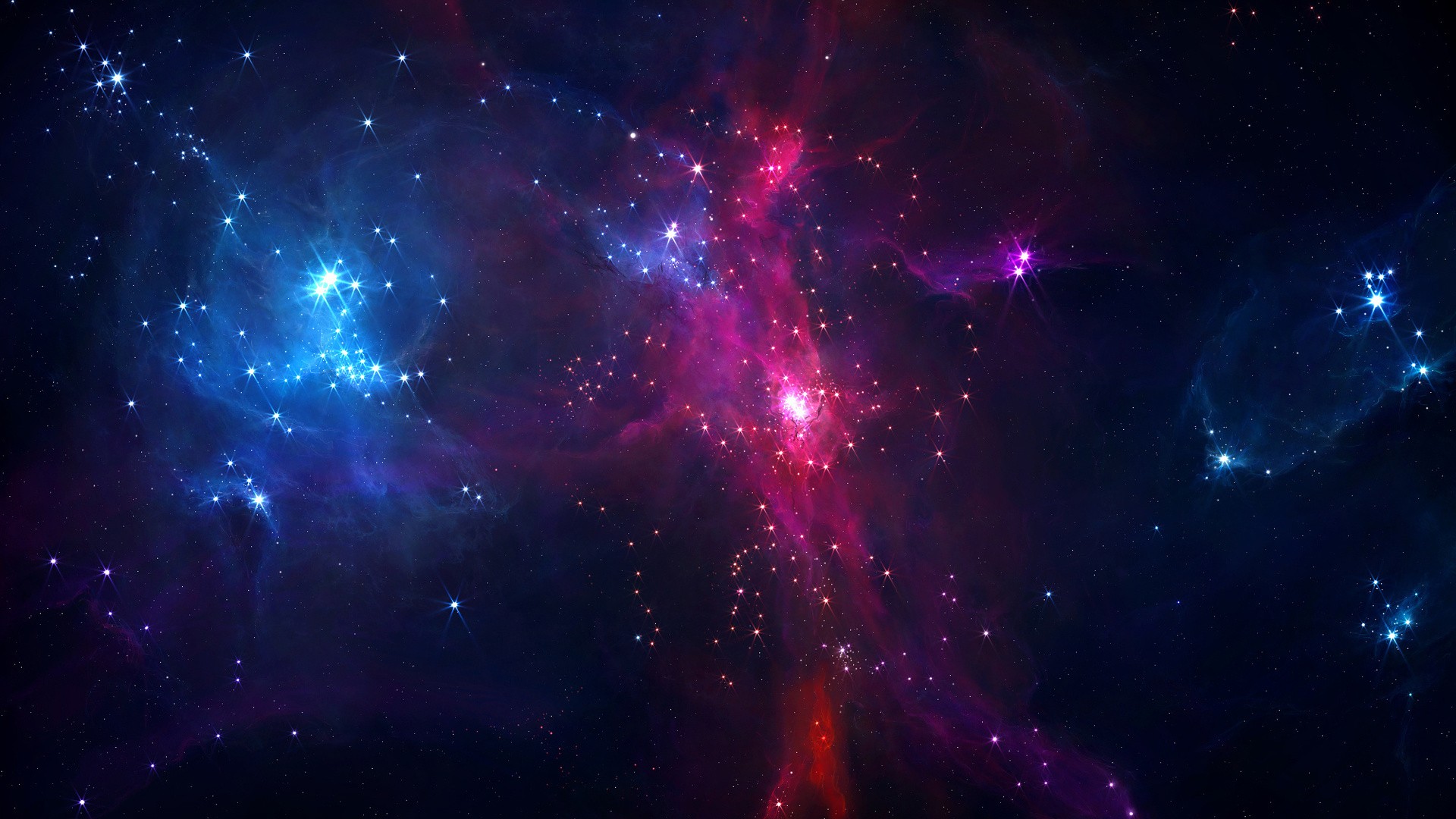
On Wednesday, Jan. 18, astronomers, physicists and scientists from related fields will convene in Tucson, Ariz. from across the world to discuss an endeavor that only a few years ago would have been regarded as nothing less than outrageous. The conference is organized by Dimitrios Psaltis, an associate professor of astrophysics at the University of Arizona
http://gplus.to/TonyDarnell http://facebook.com/SpaceFan Many Space Fans have been asking for more information about black holes, specifically, what would it be like to go inside one? Andrew Hamilton of the University of Colorado made this amazing animation and I wrote a script around it.

Astronomers using ESO’s Very Large Telescope have discovered a gas cloud with several times the mass of the Earth accelerating fast towards the black hole at the centre of the Milky Way. This is the first time ever that the approach of such a doomed cloud to a supermassive black hole has been observed. The results will be published in the 5 January 2012 issue of the journal Nature.
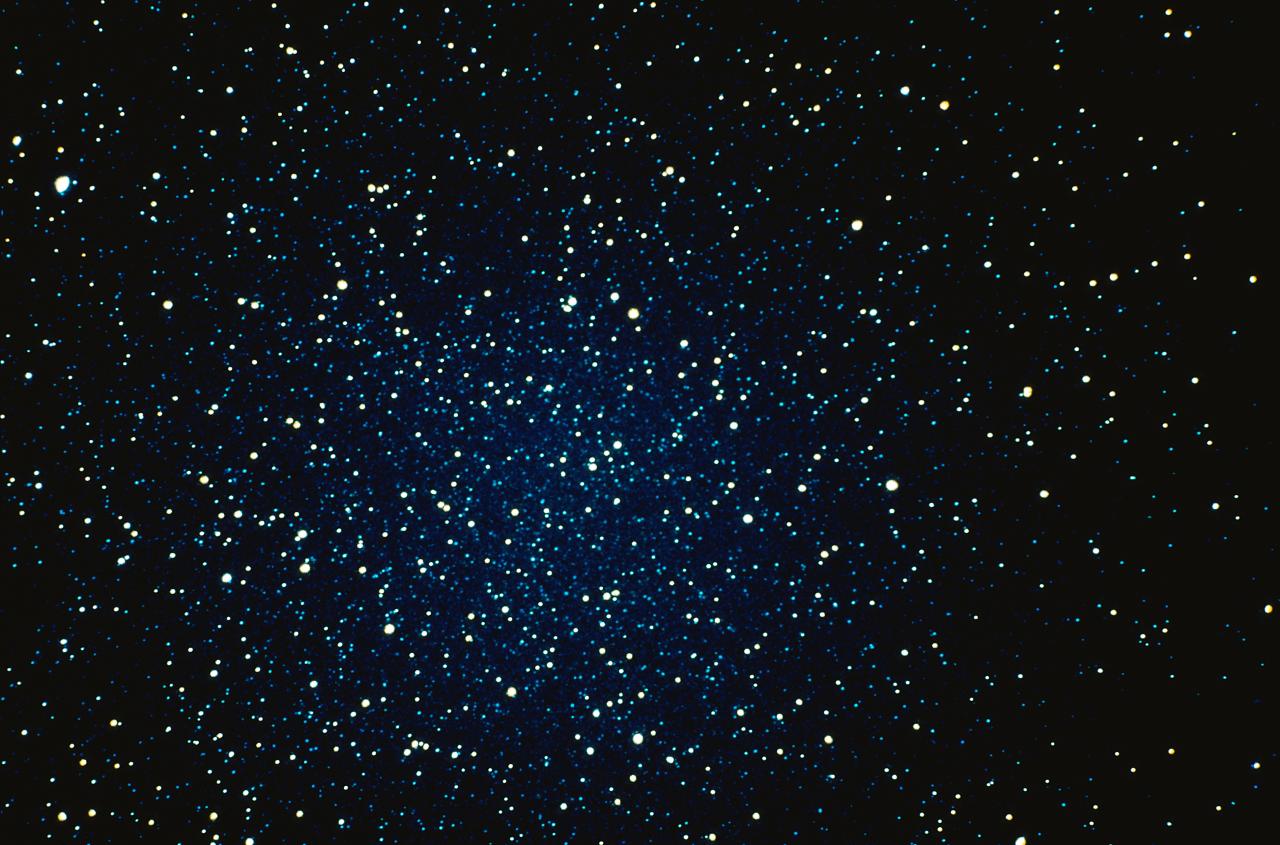
Two gargantuan black holes -- weighing in at nearly 10 billion times the mass of our sun -- have been discovered, possibly revealing a "missing link" in the galactic evolution puzzle.

A precise distance measurement by the Very Long Baseline Array (VLBA) allowed astronomers to accurately calculate the mass and spin of a famous black hole, thus providing a complete description of the object.
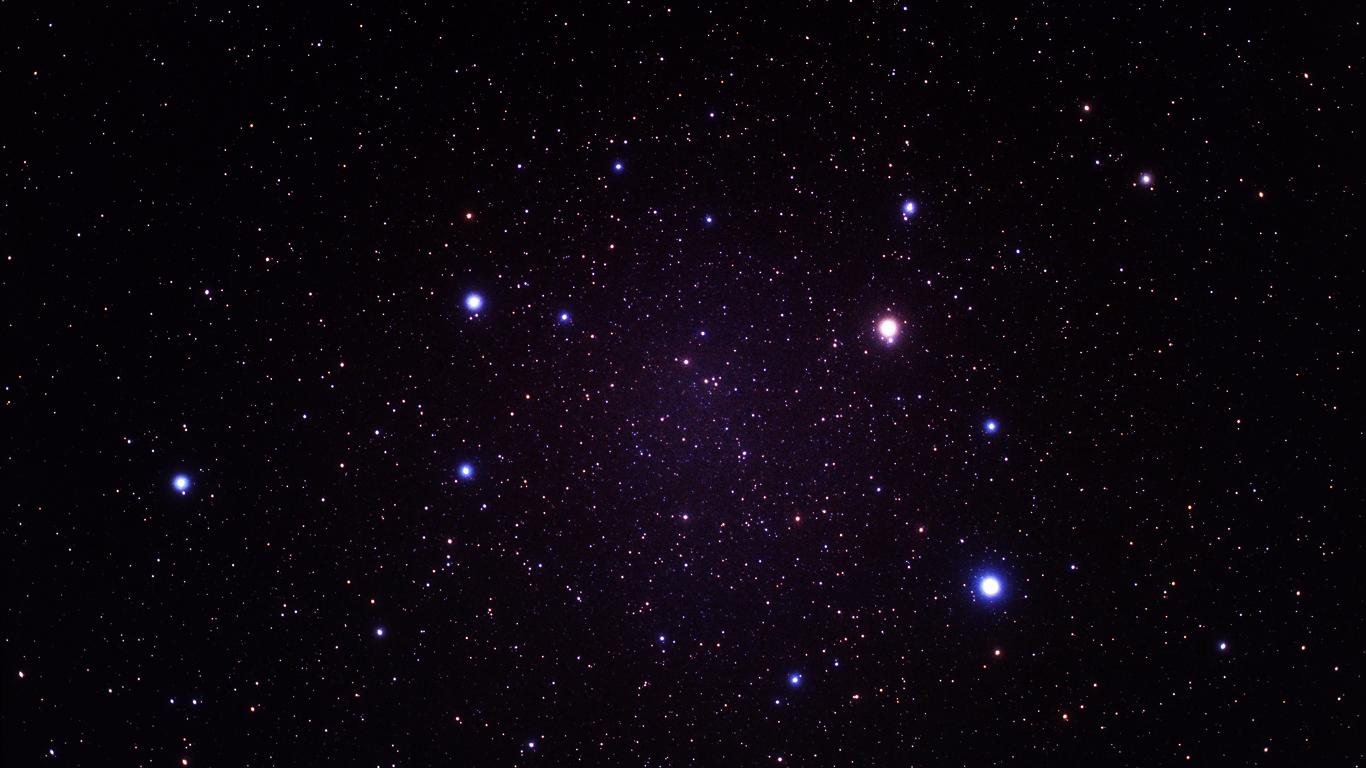
Certain black holes can have a complex internal structure that could allow photons, particles, and perhaps even planets to orbit the central singularity
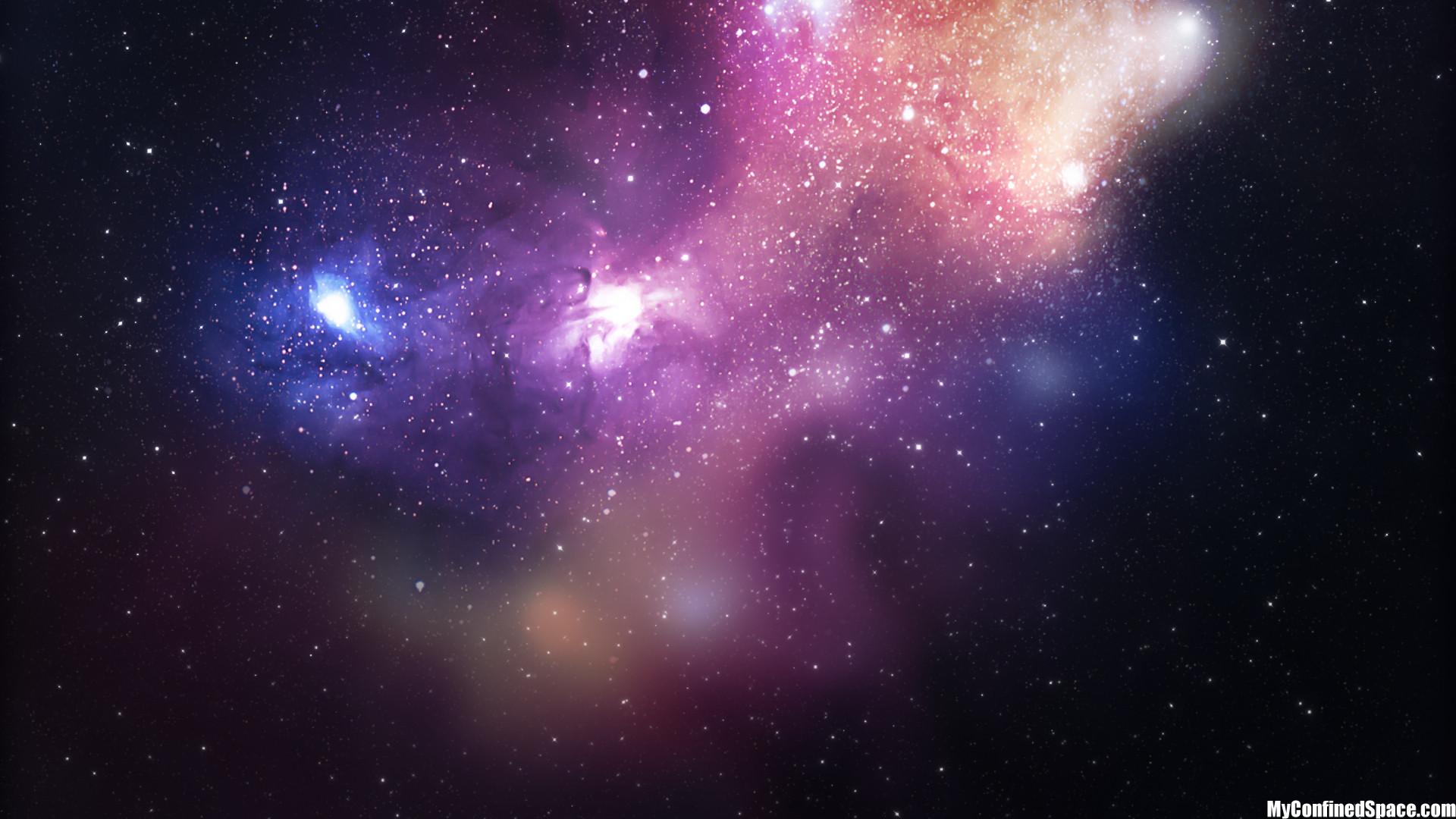
A new study claims a supermassive black hole at the centre of our galaxy is ripping apart entire worlds on a daily basis.

(PhysOrg.com) -- “We know that about 25% of the matter in the universe is dark matter, but we don’t know what it is,” Michael Kesden tells PhysOrg.com. “There are a number of different theories about what dark matter could be, but we think one alternative might be very small primordial black holes.”
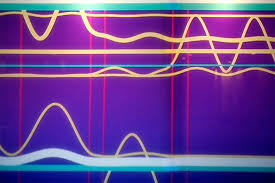
Physicists at the University of Illinois at Urbana-Champaign have shown how charged black holes can be used to model the behavior of interacting electrons

A galaxy with a combination of characteristics never seen before is giving astronomers a tantalizing peek at processes they believe played key roles in the growth of galaxies and clusters of galaxies early in the history of the Universe. The galaxy, dubbed Speca by the team of researchers, is only the second spiral, as opposed to elliptical, galaxy known to produce large, powerful jets of subatomic particles moving at nearly the speed of light. It also is one of only two galaxies to show that such activity occurred in three separate episodes.
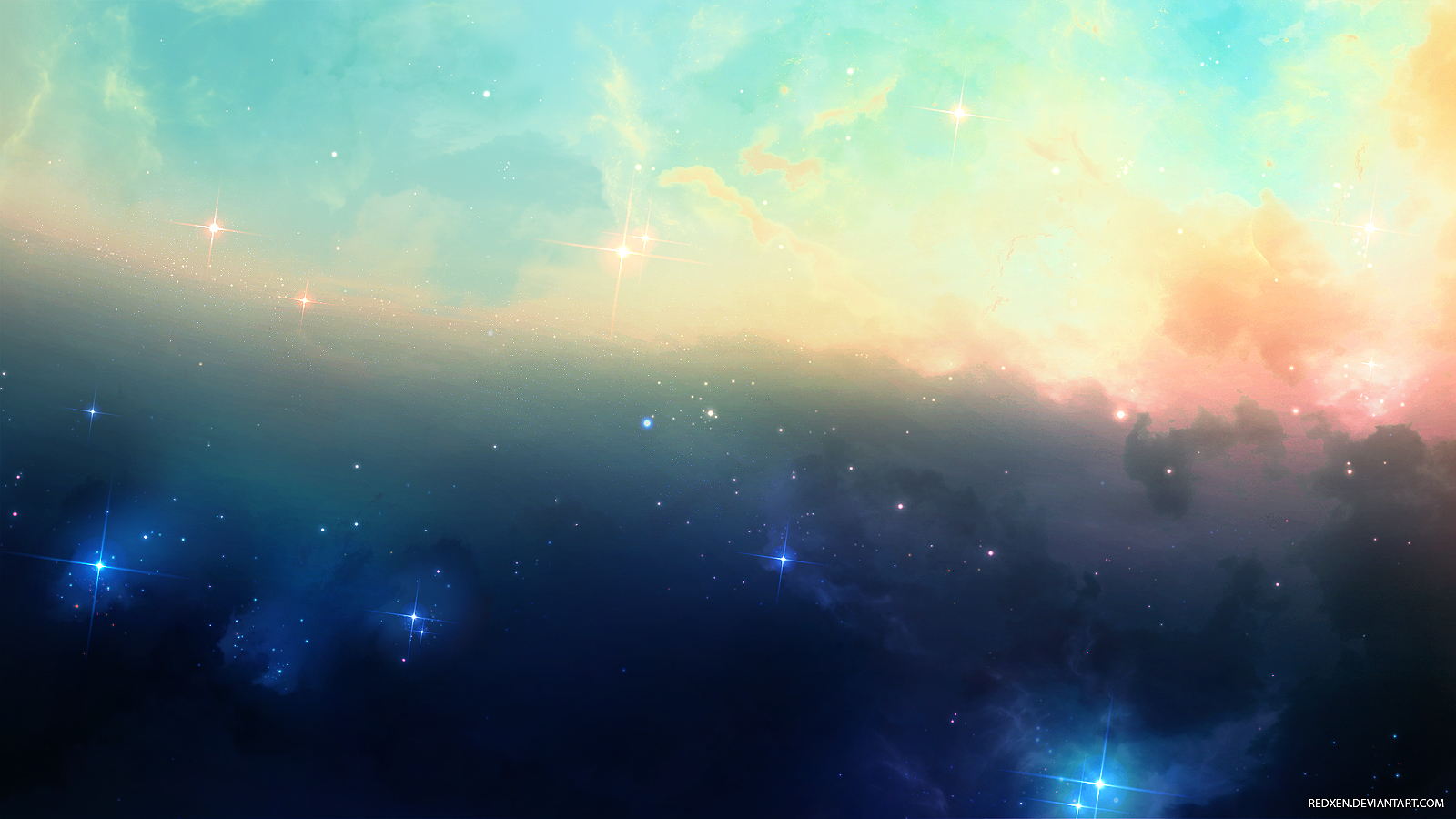
Using the deepest X-ray image ever taken, astronomers found the first direct evidence that massive black holes were common in the early universe. This discovery from NASA

(PhysOrg.com) -- In a new study, scientists have proposed that mini black holes may interact with matter very differently than previously thought. If the proposal is correct, it would mean that the time it would take for a mini black hole to swallow the Earth would be many orders of magnitude longer than the age of the Universe.
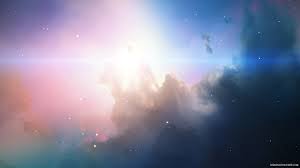
Astronomers using NASA